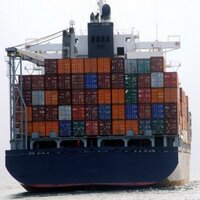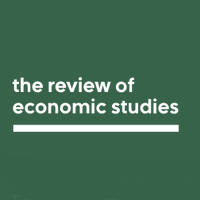
Trade Diversion (Jonathan Dingel)
@tradediversion
Trade Diversion is a blog about trade & globalization by economist Jonathan Dingel, associate professor @columbia_econ.
ID: 421111434
http://www.tradediversion.net 25-11-2011 14:26:47
6,6K Tweet
6,6K Followers
292 Following







Poll inspired by Evan Soltas discussion at #NBERSI on Thursday: "In a model with Frechet-distributed idiosyncratic preferences, average utility conditional on choice of location is equal across locations. This is a property of the distribution, not spatial equilibrium."




Starring role for Luis E. Quintero in this piece:



“The simple test is whether an economist's views tend to diverge from those of his ideological allies when the ideology clashes with the economics. If they do he is a real economist. If they do not, he is only an economist in working hours.” daviddfriedman.substack.com/p/economic-met…












